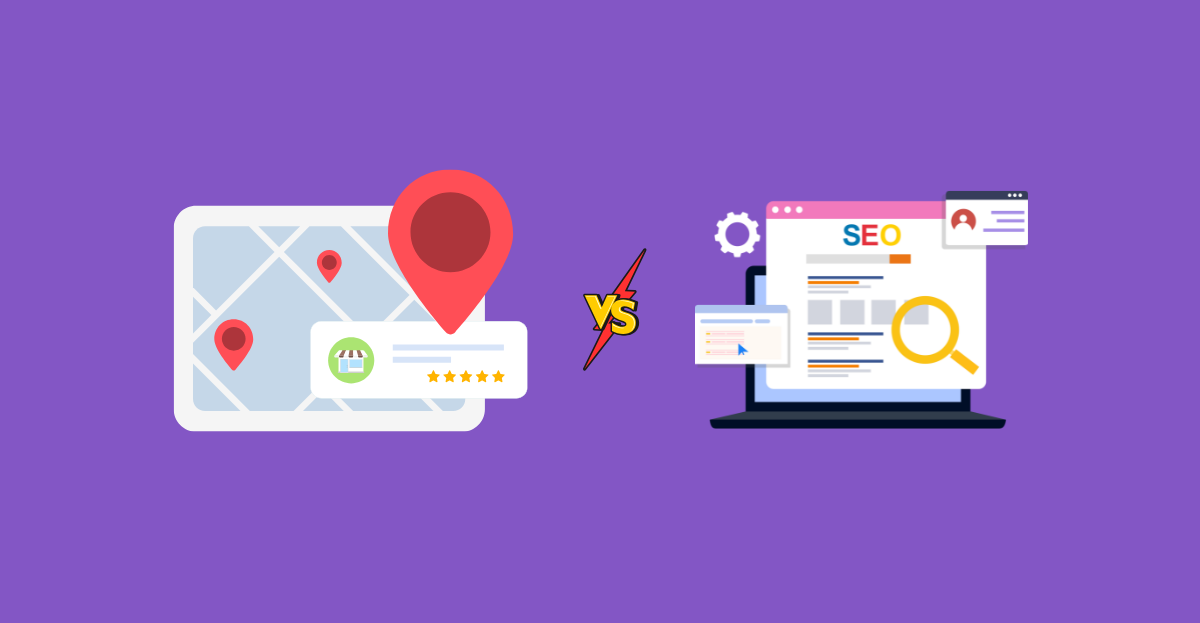I think you will spend 425 seconds reading this post
SEO(Search Engine Optimisation) helps rank your website and increase its visibility. Website visibility is crucial as it brings you more customers from different locations worldwide.
If you are a beginner or intermediate, you need to understand on-page SEO and its fundamentals clearly.
In this article, I will cover every piece of information and answer your questions about on-page SEO with my real-life experience.
What is On-Page SEO?
On-page SEO refers to optimizing your website’s content and HTML tags, including meta description, title, URL, and alt text, to rank higher in SERPs and attract users.
This helps search engines understand your content.
It involves content, keywords, and internal linking within your website. Off-page SEO, on the other hand, focuses on activities outside your website, like backlinks and social media promotions.
These external strategies improve your site visibility and help with ranking.
Why On-Page SEO is Important?
Here is the list of reasons why:
- Helps to improve Search Engine rankings
- Increase organic traffic
- Improve user experience
- Will get a higher click-through rate(CTR)
- Optimize page load speed time, which keeps users engaged longer.
- Ensures mobile-friendliness, as most users browse on mobile phones
- Helps to improve your business with local search. Especially for region-based and physical store businesses.
- Provides long-term benefits as your site and content perform well over time.
- Moreover, on-page SEO helps Google index your site. Google crawls and indexes your URL, so ensure your content is relevant to your page and well-maintained
Difference Between On-Page and Off-Page SEO
The difference between on-page and off-page SEO are shown below:
Aspect | Off-Page SEO | On-Page SEO |
Definition | Optimization strategies performed outside of the website to improve authority, reputation and improving serach reankings | Optimization startegies implement directly to the website tio improve visibility and ranking in search engine |
Primary focus | Building quality backlinks, promote on social media, and outreach | Keyword optimization, quality content, meta tags, URL, intertnal linking, user experience, title tags and user experience |
Control | It need help of external sites and platforms | Controlled by website owner |
Used Techniques | – Earn Backlinks from the reputatble website | – Keyword research and naturally placed in the right place – Optimize title tags and meta description |
Purpose | To increase the website authority and credibility | To make the website most relavant and easy for users and Search Engines |
What are the components of On-Page SEO?
Let’s overview the components that help to improve your website.
Title Tags:
Choose the right title with an audience perspective and an SEO-optimized title with a primary keyword people are searching for.
The title should be simple and catchy because it appears first on the search engine result page, which encourages people to click on your blog or website.
Your topic is the pillar of your content, so provide a relevant title. The title should be 60 characters long; don’t use more words.
Meta Description:
The meta description is crucial in SEO. It attracts users from the search engine result page. Include your primary keyword in the meta description.

A meta description is one factor that makes the audience click on your blog. You want to write the value you’re providing in this blog and strategies for the meta content to attract a larger audience.
The meta description should have 150-160 characters to fit in the search results snippet.
Headings(H1, H2, H3..)
Use the relevant heading tags to structure your content. Use h1, h2, h3, h4 headers to break the content into parts.
This will help to make the content more understandable for users and search engines.
The page should contain only one H1 tag. For example, if your primary keyword is ‘SEO,’ write a title like ‘What is SEO (Search Engine Optimization)? – A simple Guide’. Also, add the strong words in the title

Now, you can use the h2 tag, such as ‘Types of SEO.’ Like these strategies, your title tags and structure your content based on your keyword and what the audience learns from your content.

Keyword Optimization:
Keyword optimization is important because users search queries in search engines with keywords. So, identify the keywords and insert them in the right place.
For example, I’m focusing on the keyword ‘SEO.’
I will insert the keyword in,
H1 Title tag and in first 100 words of the content.

In the URL structure,

In Description,

These are the right ways to insert keywords in your content and optimize for SEO.
Note: Don’t overuse keywords in your content; it will be considered keyword stuffing.
Internal Linking:
Internal linking is an effective method for you and helps in ranking.
In this method, you will link to your website page with relevant anchor text, as shown in the image below.

This will give you a website structure and help you rank as well.
Image Optimization:
Optimize the image with alt text, which helps Google understand the image you inserted. Also, use the keywords in the image to make it visible to the search engine on the image page.
Optimize For E-E-A-T
E-E-A-T stands for “Experience, Expertise, Authoritativeness, and trustworthiness.” It is one of Google’s important roles. This role analyzes the content and helps you choose which blog to rank; it is one of the ranking factors.
You can’t fool Google with the unreal content you provide; Google’s algorithm is way smarter now.
1. Experience:
Show your in-depth experience in your niche. Share your experience with the content; it will touch the reader’s mind. Personal stories are always effective.
So, share your experience with your audience and Google to know about your experience in your niche.
2. Expertise:
Show in-depth knowledge of topics you want to share in detail. Your audience will like the in-depth and advanced about the particular topic that you are writing.
So, provide every single piece of information about the topic, and stay ahead of the latest trends and insights to provide fresh insights to your audience,
3. Authoritativeness:
Add studies related to topics from the other site to your related content. It will increase your authority. Create high-quality content that other websites will like to link to your content, and it will boost your site’s authority.
For example, if you’re writing a blog about ‘SEO statistics,’ insert other reputable insights into your content. This will become your backup and improve your ranking.
4. Trustworthiness:
Audiences like transparency, which makes you a trustworthy person in your field. Therefore, make sure your website and your users’ data are secure.
Give always the right and accurate information and earn the trust of your followers.
For example, if you’re writing a blog about ‘Digital Marketing statistics,’ Provide the stats accurately and freshly to your audience.
Double-check that the data you provided is correct.
These are the four things that matter for SEO.
Mobile-Friendliness and Page Speed
Mobile friendliness and page speed are essential in today’s SEO landscape.
Here is why.
92% of the users are using the internet to search on mobile phones (Source: AIOSEO)
So, optimizing for mobile is needed. Now comes to page speed.
If the page speed is very bad, no one will stay on your site longer because everyone is going fast now, and no one will wait for your website to load.
They want immediate answers to their searches, so speed up your website to keep the users longer.
On-Page SEO Mistakes You Want to Avoid
Here are the common mistakes you want to avoid regarding on-page SEO.
- Duplicate content
- Improper Headings
- Improper URL structure
- Not optimizing meta tags
- Overusing keywords (keyword stuffing)
- Avoiding alt text
- Ignoring internal linking
- Not mobile-friendly
These are the most common mistakes new website owners or SEO guys make.
Best Keyword Research Tools
We listed the best keyword research tools, which are currently the top choice, and most marketers are using them.
- Googel Keyword Planner
- Semrush
- Ahrefs
- Moz Keyword Explorer
- Ubersuggest
- Answer the Public
- KWFinder
We strongly suggest you use these seven tools for keyword research.
Conclusion
I have covered in-depth details about On-Page SEO. This will be helpful for most beginners who are starting their careers in SEO.
This blog covers the in-depth knowledge that I used for my SEO effects. I have experienced this during my SEO journey, and don’t make the mistakes I made.
If you want more details, tell us in the comments. We craft content to clarify your doubts and help you clear them.






